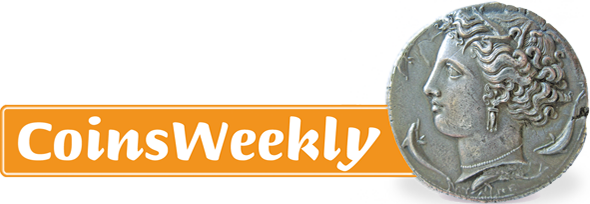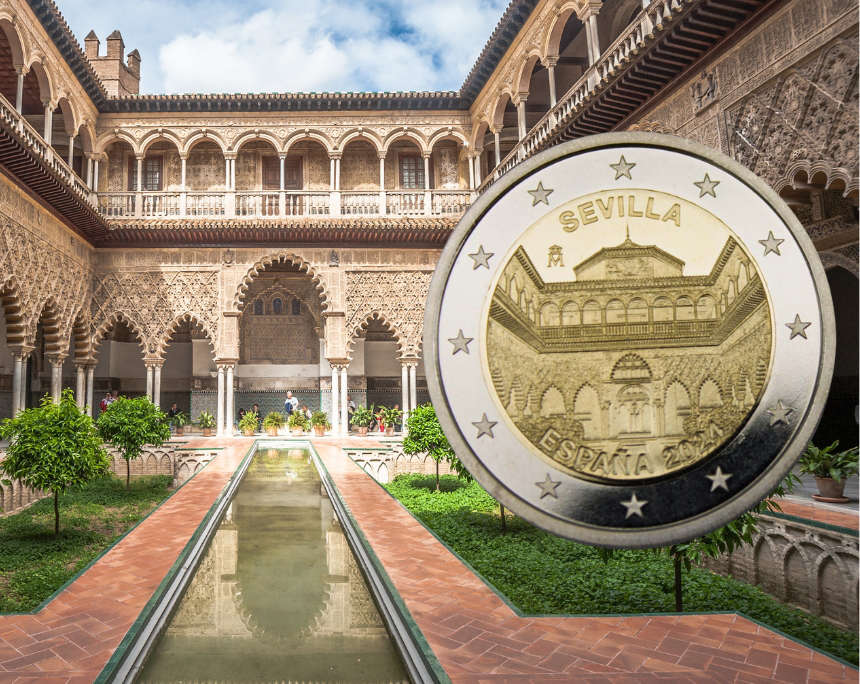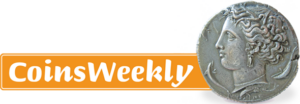The Secret of the Success of State Quarters, UNESCO Coins and Federal State Series
Almost exactly a quarter of a century ago, in the spring of 1999, the USA experienced a downright numismatic revolution. The State Quarters Program issued by the United States Mint presented all 50 federal states. Every coin had an individual design representing a specific state. This creative approach attracted millions of people and caused numerous citizens to catch the numismatic bug. All of a sudden, collecting coins was no longer a hobby exclusive to numismatists, but a passion of the general public. Families, school children and collectors were busy looking for the latest issues to complete their collections.
Content
Inspired by this enormous success, the Federal Republic of Germany launched its Federal State Series in 2006. This series showcased major landmarks and cultural symbols of Germany’s 16 states on 2-euro coins. The first coin, depicting the Holstentor in Lübeck in Schleswig Holstein, was the beginning of a success story, which was even continued after the first series was complete. Every year, a new coin was issued – thus creating a constant state of excitement and interest in the collecting community. The coins were not only understood as a means of payment, but also seen as cultural representatives that reflect the variety and history of Germany – far beyond the country’s own borders.
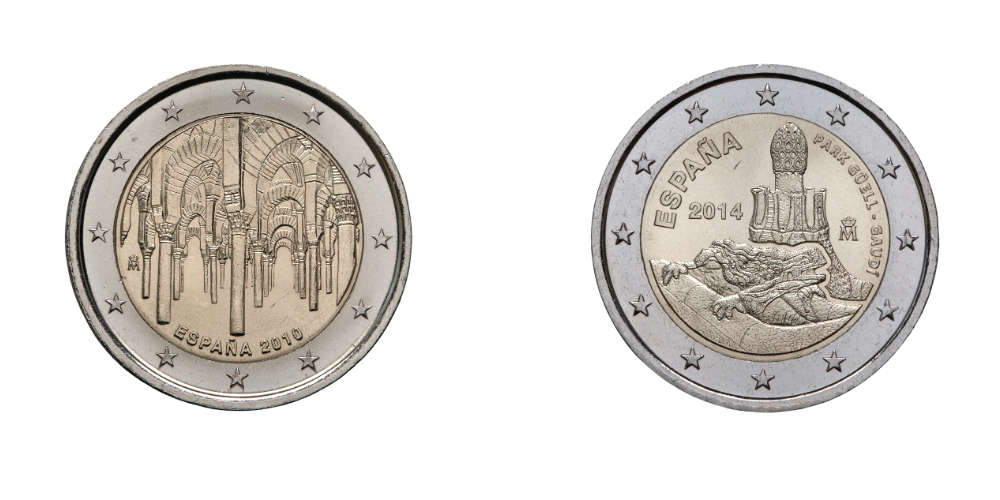
A story of success: UNESCO World Heritage Site coins from Spain. This is the first year (2010) in honour of the city of Córdoba, and the year 2014 with Park Güell. Photos: Wieschowski
Spain Round Trip on Coins
Spain also followed this trend and started its UNESCO World Heritage Site series in 2010. This series honours Spanish cities that are recognised by the UNESCO as World Heritage Sites. The first coin in this series celebrated the historical centre of Córdoba, which is well known for its impressive Mosque-Cathedral. In 2014, Park Güell in Barcelona with its unique architecture by Antoni Gaudí was immortalised on a coin. The 2018 issue was dedicated to Santiago de Compostela, the final destination of the famous Camino de Santiago – this coin is one of the contemporary rarities that can actually be found in circulation. Depending on its condition, its market value is about 20-40 euros. One of the latest issues from 2023 depicts the old town of Cáceres, which is known for its well-preserved mediaeval architecture. A total of 15 motifs have been released up to 2024 – and it is quite obvious that the Spanish Mint is not thinking about putting an end to this success.
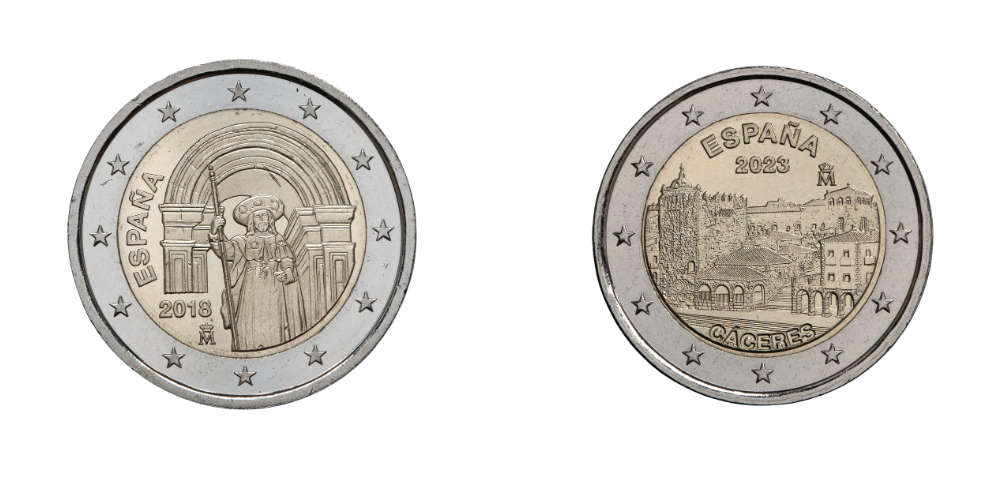
A modern rarity: the 2018 issue of Spain’s UNESCO series is sold for 20-40 euros and, if you are lucky, can be found in circulation. In 2023, the old town of Cáceres was depicted on the coins. Photos: Wieschowski
Several Success Factors
The success of such coin programs can be traced back to several factors. For one there is the aspect of a continuing series. Collecting these coins becomes an ongoing project, with every new coin being perceived as a small reward. Collectors and interested parties are eagerly awaiting the next issue, which causes demand to remain at a high level. Secondly, there is the regional theme: coins with regional motifs are considered particularly attractive, as they promote the pride in and the identification with one’s region or a popular travel destination.
Deep Meaning Thanks to Regionalism
This connection to a specific region lends a deeper meaning to the coins. They are not mere blanks of metal, but small works of art, which tells stories and represent culture. People feel attracted to these coins because they create a connection to their own identity or to their travels. In this way, coins become tangible memories and symbols of cultural heritage.
Another reason for the popularity of these coins is that they are very accessible. While traditional collectables are often expensive and hard to find, 2-euro coins with commemorative motifs can easily turn up in your daily life. Therefore, they make it easy to start or expand your own collection without having to overcome financial obstacles.
Aesthetics and Education: Two Additional Delights for Coin Collectors
The combination of attractive aesthetics and an educational value is another important aspect. Every coin tells a story and promotes interest in history and culture. Collectors learn more about the various regions, their history and importance while expanding the collection. This makes collecting a valuable experience that goes beyond the materialistic aspect.
It is therefore hardly surprising that another country will jump on the bandwagon in of July 2024: Croatia will also start a new series, depicting Croatian cities. This series will present further regional motifs in the upcoming years, and is likely to be just as successful as its predecessors from the USA, Germany and Spain. The first issue will depict the old town of Varaždin. The next cities have not been announced yet, but fans of Croatia will immediately think of places such as Dubrovnik, Split and Rovinj.






